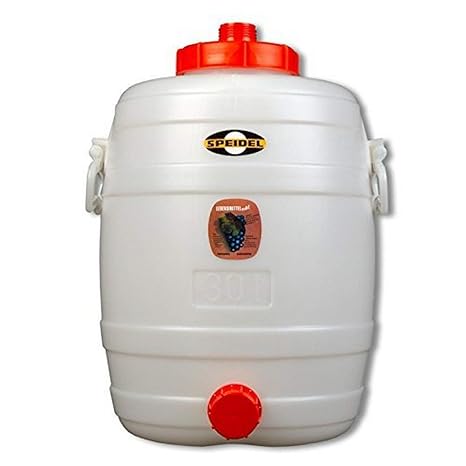BugAC
Well-Known Member
This seems like a newb question, but i've never run into this before. I ordered some grains from Austin Homebrew Supply and shockingly (sarcasm) it did not get shipped out until an entire week after my order, which screwed up my brew day plans. I do have some grains at home, but my yeast was in the order for the beer. How long could i wait from the beer being brewed before i have to pitch? I was thinking of brewing saturday, aerate and pitch a day after my order came in, on Wednesday. It' s a mixed fermentation beer, if that matters, but base style is saison.
















![Craft A Brew - Safale S-04 Dry Yeast - Fermentis - English Ale Dry Yeast - For English and American Ales and Hard Apple Ciders - Ingredients for Home Brewing - Beer Making Supplies - [1 Pack]](https://m.media-amazon.com/images/I/41fVGNh6JfL._SL500_.jpg)









































